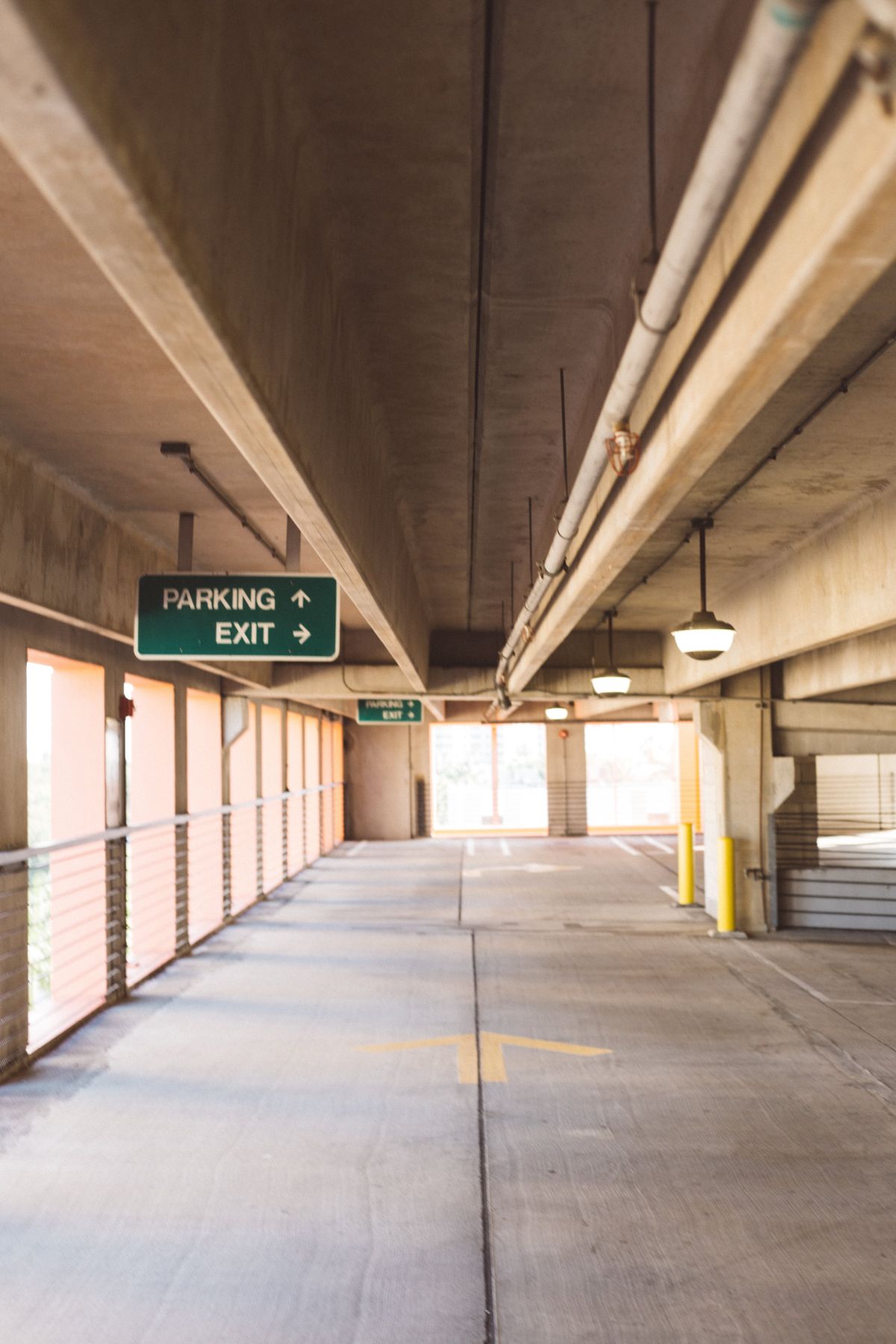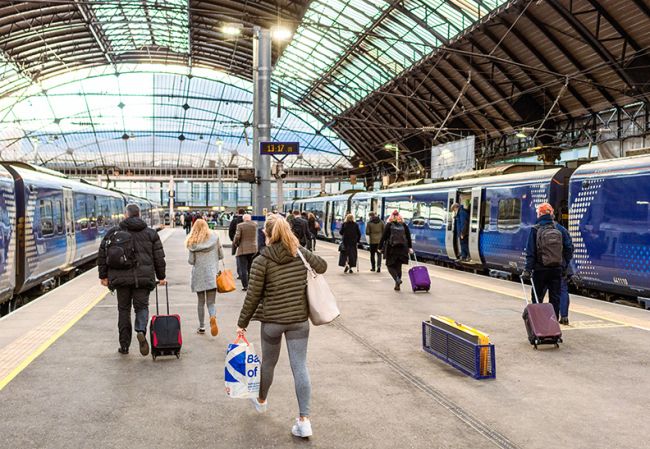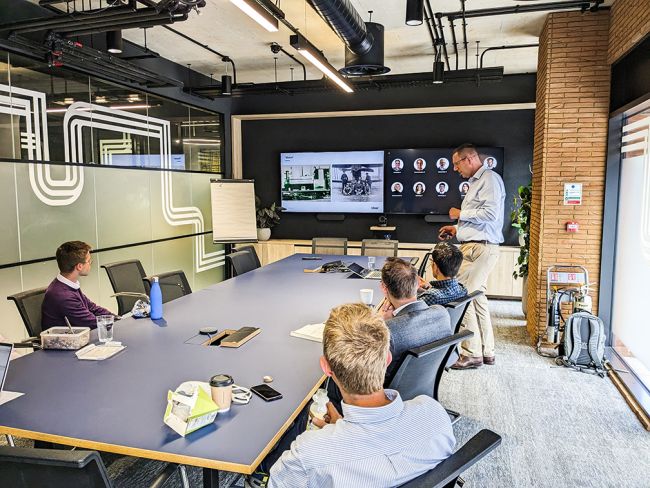Are travel plans the best way to manage parking demand at rail stations?
It has been almost four years since the first station travel plans were introduced in the UK.

It has been almost four years since the first station travel plans were introduced in the UK. Intended as a ‘soft’ approach to managing travel demand, travel plans have been implemented in schools and workplaces for many years, with mixed results in reducing demand for parking and enhancing access by walking, cycling and public transport. Is the travel planning approach the best way to manage demand for parking at rail stations and change the way people access the network? Indeed, does it matter how people travel to the station? With passenger numbers forecasted to double by 2035, we believe these questions are important.
Station parking demand
While car parking charges are a source of revenue for Train Operating Companies (TOCs) , this must be balanced against current parking capacity issues at many commuter stations and the impact this may be having on people’s decision to travel by rail. Car parks that are at or near capacity and high parking charges (whether perceived or actual), on top of above-inflation fares rises, undoubtedly influence public perceptions.
Using cheap and quick to construct modular parking systems could be one way to address the problem, but this option is arguably at odds with the transport and planning policies of local authorities – reduced vehicle kilometres on the strategic road network won’t be welcomed locally if this is at the expense of increased congestion on local, urban roads resulting from more vehicle trips to stations.
In this context, the best approach to managing parking demand is one that enables TOCs to make better use of existing assets. This could be achieved through smart charging structures that ensure not every parking space is occupied by 9am and that facilitate a turnover of spaces throughout the day by leisure and occasional travellers. ‘Smarter parking’ could in this way enhance TOC revenues while enabling more and new users to access the railway. However, by its nature, such a scheme assumes that some parking will be displaced, and to limit the potential for overspill parking on roads around the station, displaced drivers must be captured by other modes. A set of complementary measures is therefore needed.
Can station travel planning help?
A travel plan with its ‘package of measures’ to promote sustainable travel may provide the framework for introducing these complementary measures; but in itself, is a travel plan really likely to have the impact that’s needed? In some cases, perhaps. In our experience , station travel plans have worked best where they have facilitated the partnership working between TOCs, local authorities and local transport operators that is needed to deliver real improvements in walking, cycling and bus provision. Where there is no other means of facilitating partnership action(through station master plans or local transport plans for example) a station travel plan could help to bring about change. For this reason, a wholesale roll-out of station travel plans across the network may not have quite the impact on journeys to the station that’s needed to reduce parking demand, precisely because it would shift focus towards outputs (travel plans) rather than towards the process of achieving change.
The focus of any network wide initiatives instead should be on TOC or franchise-wide delivery of measures such as the implementation of new car park charging structures and more cycle parking, supported at a local level by travel plans, where there is no alternative, to facilitate partnership working across agencies, at stations where it is needed most.



















